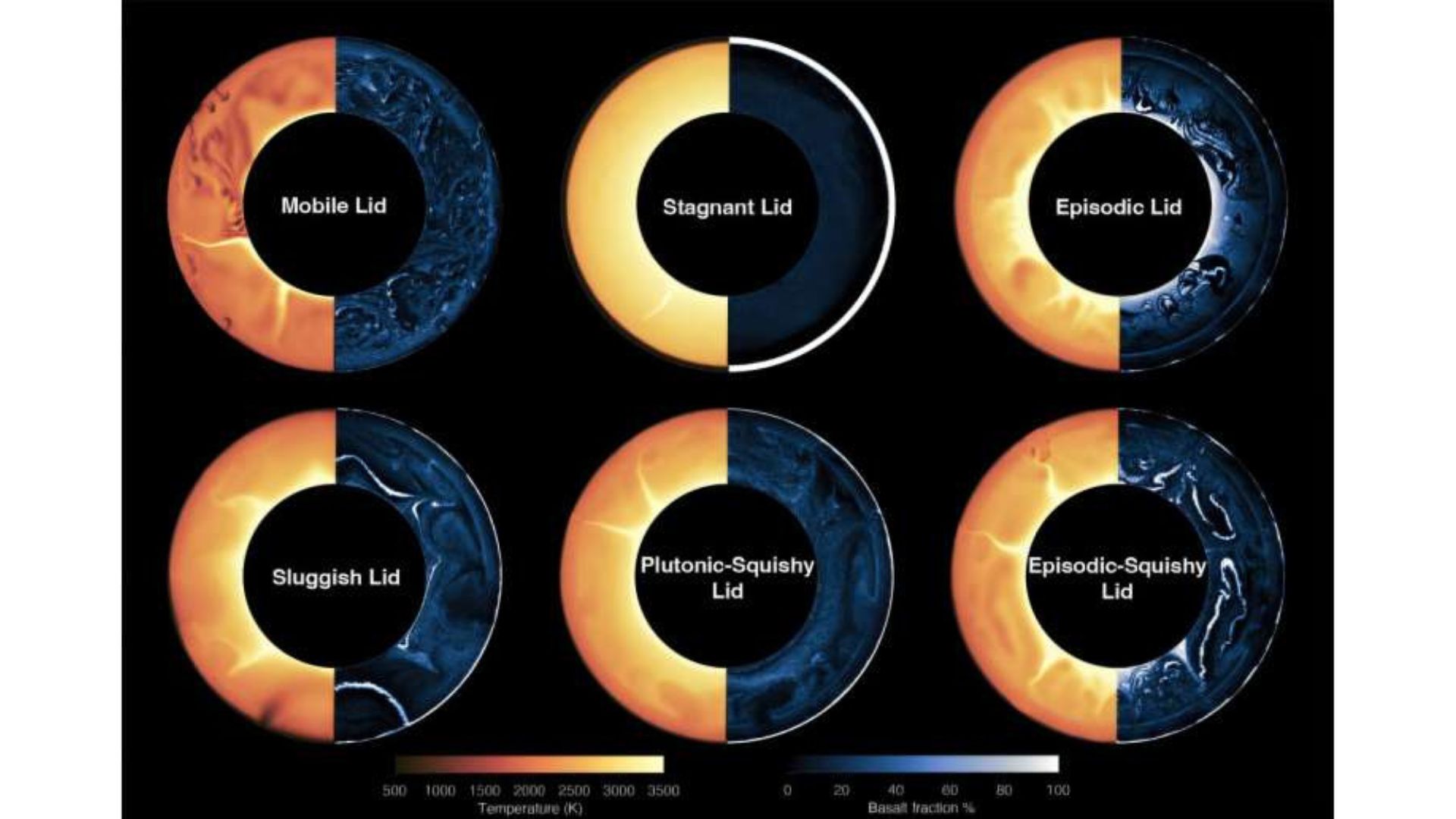Pioneer 11: Up Close with Jupiter & Saturn
Pioneer 11 was a big shot in the dark for NASA, with the probe visiting not one, but two planets on its cruise outwards from Earth. The 9.5-foot, 570-pound satellite would cruise by Jupiter and Saturn as it escaped from the solar system, revealing these two worlds in unprecedented detail to scientists back on Earth.
It also was an illustration of spacecraft longevity, as the probe was still transmitting information as late as 1995 — more than two decades after it launched.
The Pioneer series explored much of the solar system back when the concept was still very new to scientists. The first probes, launched in the late 1950s, aimed for the moon. Later ones went farther into space, with Pioneer 10 successfully launching toward Jupiter and its moons in 1972.
To Saturn and beyond
NASA wanted to take Pioneer 11 a step further. It would use Jupiter's gravity to slingshot the spacecraft toward Saturn, which would be a great preparation for future missions to the outer planets such as the Voyagers (then in the planning stages.)
Pioneer 11 launched April 5, 1973, on an Atlas-Centaur rocket and cruised easily out of Earth orbit towards Jupiter. The spacecraft made its closest approach to Jupiter on Dec. 3, 1974, only 27,000 miles from the planet's atmosphere. This was three times closer than Pioneer 10.
Among other things, Pioneer 11 took striking pictures of Jupiter's Red Spot, checked out the planet's polar areas for the first time, and also found out the mass of Jupiter's second-largest moon, Callisto.
Breaking space news, the latest updates on rocket launches, skywatching events and more!
NASA decided to shut down one instrument after Pioneer 11 left Jupiter. In April 1975, scientists turned off the micrometeoroid detector because it was sending out commands that not only were unnecessary, but also affecting the readings of other instruments on board.
With a helping hand from Jupiter's gravity, Pioneer 11 soared toward Saturn. It was a nearly five-year wait until the spacecraft was able to get to the planet, some 930 million miles from Earth.
On Aug. 31, 1979, Pioneer 11 found evidence of Saturn's "bow shock", or the spot where Saturn's magnetic field shielded the planet from the effects of the sun. This was the first evidence NASA had about Saturn's magnetic field.
The next day, the spacecraft flew past Saturn at just 13,000 miles from the planet's cloud tops — a distance of only twice Earth's diameter away. Sensors on board estimated Saturn's temperature at minus 292 F (minus 180 C), and discovered that the planet was mostly made of liquid hydrogen.
Pioneer 11's major discoveries at Saturn were finding a new ring — dubbed the "F" ring — as well as two small moons. Its initial temperature measurements of Titan, Saturn's largest moon, found the moon was very cold.
Pictures beamed back from the spacecraft showed Saturn in a way that people could barely fathom. Some of the most stunning shots were of the planet's rings, showing more detail than had been spotted from telescopes on Earth. The images were a prelude to what the Voyagers would later reveal in their pictures to scientists here.
On to the center of the galaxy
NASA still kept in contact with Pioneer 11 in the years after it left Saturn. As late as 1995, two of Pioneer 11's instruments were still working. The agency terminated routine communications with Pioneer 11 on Sept. 30, 1995.
Earth last made contact with Pioneer 11 on Nov. 24, 1995, but it wasn't due to a failure on the spacecraft. Shortly afterwards, Pioneer 11 maneuvered to a spot in the universe that was out of view from Earth.
It's possible Pioneer 11 might still be hailing home, although it should be noted Pioneer 10's signal became too faint to hear in 2002.
Like Pioneer 10, Pioneer 11 carries a gold plaque on board intended to tell extraterrestrials a bit about where it came from. It includes images of an unclothed man and unclothed woman, a diagram of a solar system and a pictorial showing the sun relative to other nearby stars.
SETI founder Frank Drake and television host and astronomer Carl Sagan co-designed the plaque.
Bearing this message from humanity, Pioneer 11 — last we heard — is bearing toward the center of the galaxy, aiming at the constellation Sagittarius.
On one of its websites, NASA casually mentions it will take about four million years for Pioneer 11 to reach one of the stars of Sagittarius.
In fact, Pioneer 11 is heading towards that location a bit slower than initially thought.
NASA was wondering for decades why Pioneer 10 and 11 flew 3,000 fewer miles than projected every year. Dubbed the "Pioneer Anomaly", NASA only discovered the cause in 2012: it was because heat sources on the two spacecraft were pushing against them as they flew out from Earth.
— Elizabeth Howell, SPACE.com Contributor
Related:

Elizabeth Howell (she/her), Ph.D., was a staff writer in the spaceflight channel between 2022 and 2024 specializing in Canadian space news. She was contributing writer for Space.com for 10 years from 2012 to 2024. Elizabeth's reporting includes multiple exclusives with the White House, leading world coverage about a lost-and-found space tomato on the International Space Station, witnessing five human spaceflight launches on two continents, flying parabolic, working inside a spacesuit, and participating in a simulated Mars mission. Her latest book, "Why Am I Taller?" (ECW Press, 2022) is co-written with astronaut Dave Williams.


